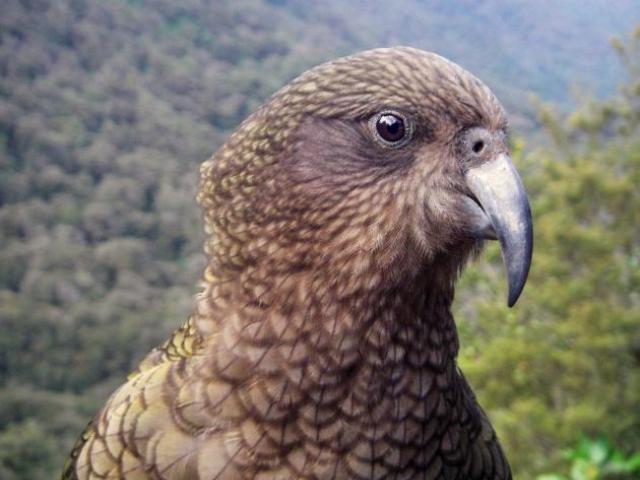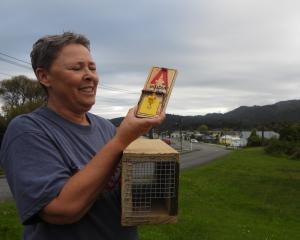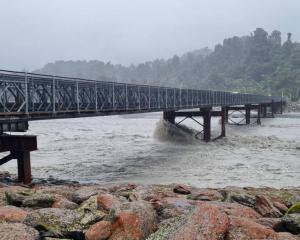
The group conducting intensive 1080 poison trials near Whataroa is considering throwing 20 tahr carcases above the drop zone in a bid to lure kea away from eating the poison pellets.
Radio monitors have been put on 21 tahr and 29 kea so they can be tracked before and after the pending aerial poison drop in the Perth River catchment.
Zero Invasive Predators (Zip) has already done the prefeed, which will be followed by a 1080 drop with double the usual dose of poison.
That will be repeated in July with two prefeeds, then 1080 at the regular dose.
The Greymouth Star was told yesteray that kea had reportedly been seen eating the non-toxic prefeed baits.
It was also told Zip proposed culling tahr, in a bid to lure kea away, and give them carcases to eat.
"Kea are curious birds, and it is well known that some kea interact with baits," Zip said in response.
"We are exploring an additional measure to distract kea from baits, by placing a small number of tahr (e.g. 20) above the 'treatment' area."
The Department of Conservation would assess the latest information and make a decision on whether to proceed.
Kea have died during previous 1080 drops on the West Coast.
One anti-1080 protester said he was concerned that killed thar would skew the study, as it could not be replicated in other drops.
Hari Hari dairy farmer Mary Molloy, from Farmers Against Ten Eighty, wrote to several parties this morning, including West Coast-Tasman MP Damien O'Connor, and said the operation should be stopped because if kea were eating prefeed baits they were more likely to also eat poison baits.
"I believe that all other planned operations should cease until you and they can assure us that there will be no more kea deaths because of the widespread uncontrollable use of 1080 poison puts them at dire risk," Mrs Molloy said.
- By Laura Mills











